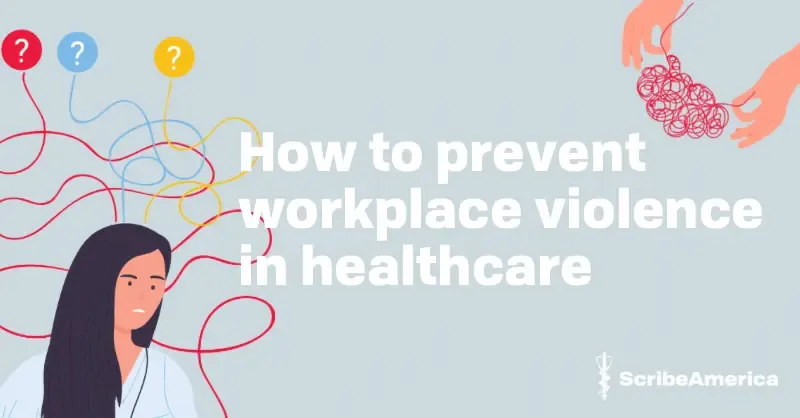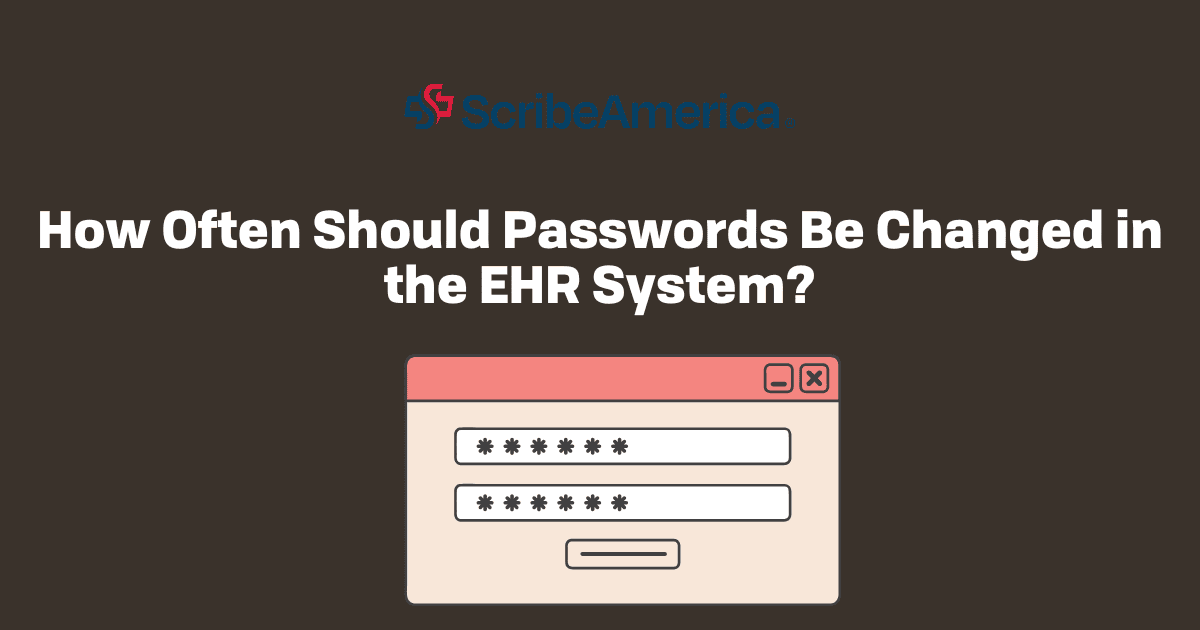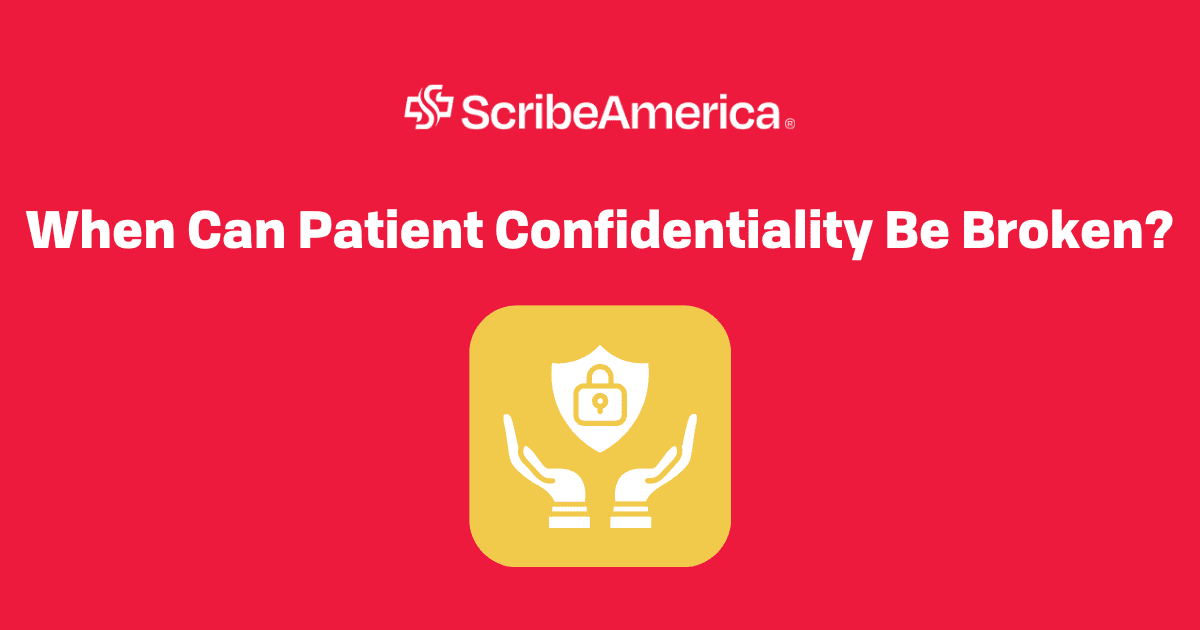Key Points:
- Workplace violence in healthcare is a significant and growing concern affecting the safety and well-being of healthcare workers.
- Healthcare workers are particularly vulnerable due to the nature of their work, which often involves direct interaction with patients under stress.
- Preventive measures, including staff training, improved workplace policies, and safety equipment, can help reduce incidents of workplace violence.
- Addressing workplace violence is not just about protecting healthcare workers but also improving patient care and the overall healthcare environment.
Workplace violence is a problem consuming the healthcare industry. The statistics are brutal – according to the Bureau of Labor Statistics, from 2016 to 2020 about 13.2% of nurses experienced physical violence, while 38.8% non-physical violence, such as sexual harassment, threats or verbal abuse. Add to that other medical staff, and it is clearly visible that violence is a major challenge for the healthcare industry. Thus, in this article, we will focus exactly on this topic. What is true about workplace violence in healthcare and how to prevent it? Learn all of that and more by reading on!
What is workplace violence in healthcare?
Workplace violence in healthcare is any situation involving physical or non-physical violence targeted and medical staff inside or outside their workplace. Due to the whole industry being largely customer-oriented (most employees have direct contact with the patients), it is a severe problem for all healthcare providers. The industry realizes that, thus attempts to find solutions to this issue. Yet, so far, without sufficient results.

Why is workplace violence in healthcare such a problem?
While many medical facilities try to find ways how to improve patient experience, for many, a visit to the hospital is still quite stressful. Both the patients and their visitors are burdened with high medical care costs and distress caused by accidents or severe illnesses. This makes it easy for them to overreact, leading to increased healthcare workplace violence statistics. After all, they will usually be mad at staff members, accusing them of doing their tasks improperly or arguing that they do not desire treatment.
The Long-Term Impact of Workplace Violence on Healthcare Staff
The effects of workplace violence in healthcare extend far beyond the immediate harm. Healthcare workers who experience violence, whether physical or verbal, may suffer long-term emotional and psychological consequences. According to research, exposure to such violence can lead to increased stress, anxiety, and even post-traumatic stress disorder (PTSD). This not only affects their mental health but also their job performance and satisfaction. In fact, many healthcare professionals who have been victims of workplace violence may experience burnout or decide to leave the profession altogether. Addressing workplace violence is not just a matter of protecting staff but also a critical step in ensuring that healthcare providers can maintain a skilled and motivated workforce.
How to prevent workplace violence in healthcare?
There are many techniques that may help the medical staff deal with acts of workplace violence in hospitals, clinics or care facilities. From training the employees to purchasing special equipment – all the options are effective to a certain extent, thus it is best to combine them. What are the possible strategies? We will present a few of the possible solutions.
Train the staff
If you wonder how to prevent workplace violence in healthcare, the first step that you should take is training the staff. Nurses and physicians need to be taught how to identify potential violence threats and how to de-escalate conflicts when they emerge. The security needs time to react, so the medical staff must know how to provide it and handle themselves while the help is on its way.
Use special equipment
IoT trackers or intelligent badges are already widely used among the most developed facilities. They are not only a way to improve patient care, but also a tool to keep the hospital staff safe. The trackers will provide security with room-accurate location, while the badges are often equipped with emergency buttons. Thus, in any case of workplace violence, healthcare employees are able to quickly call for help, while providing all the necessary information with just a button push.
The Takeaway: Preventing Workplace Violence in Healthcare
Workplace violence is a critical issue in healthcare. This industry is among the most susceptible and common to see acts of violence towards employees. Therefore, ensuring staff safety is a must. It can be done through training or providing nurses, doctors, and medical scribes with intelligent trackers and panic buttons.
Did you like this article? Then you should also read: What Is Physician Burnout and How to Deal with It?




